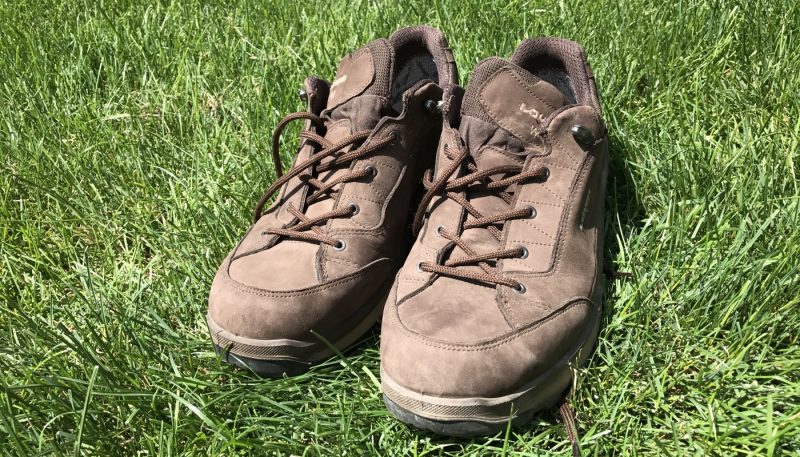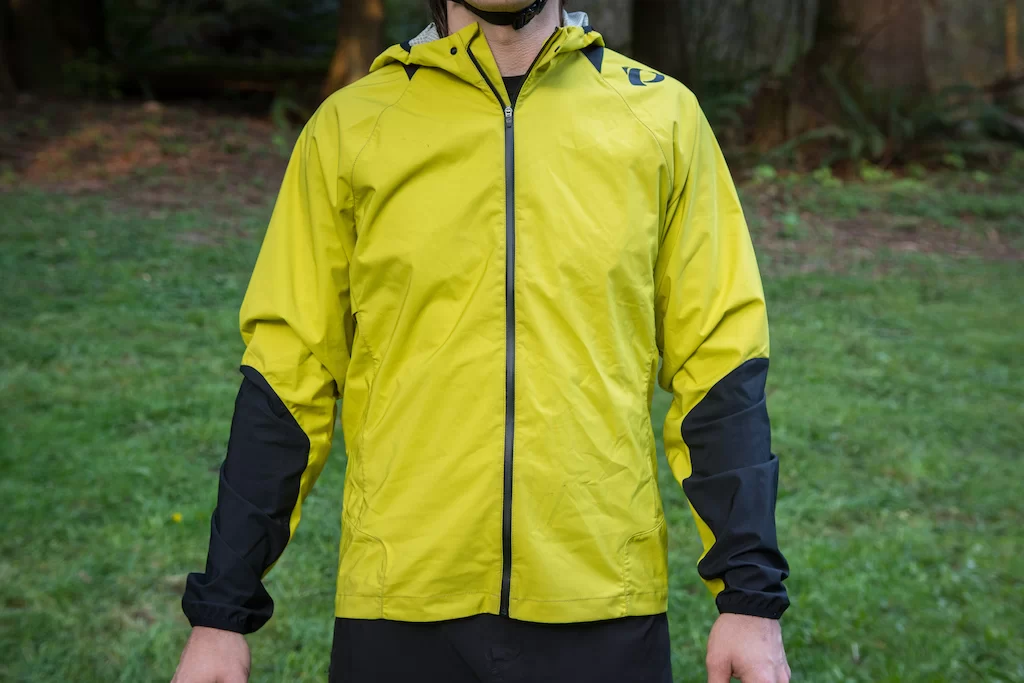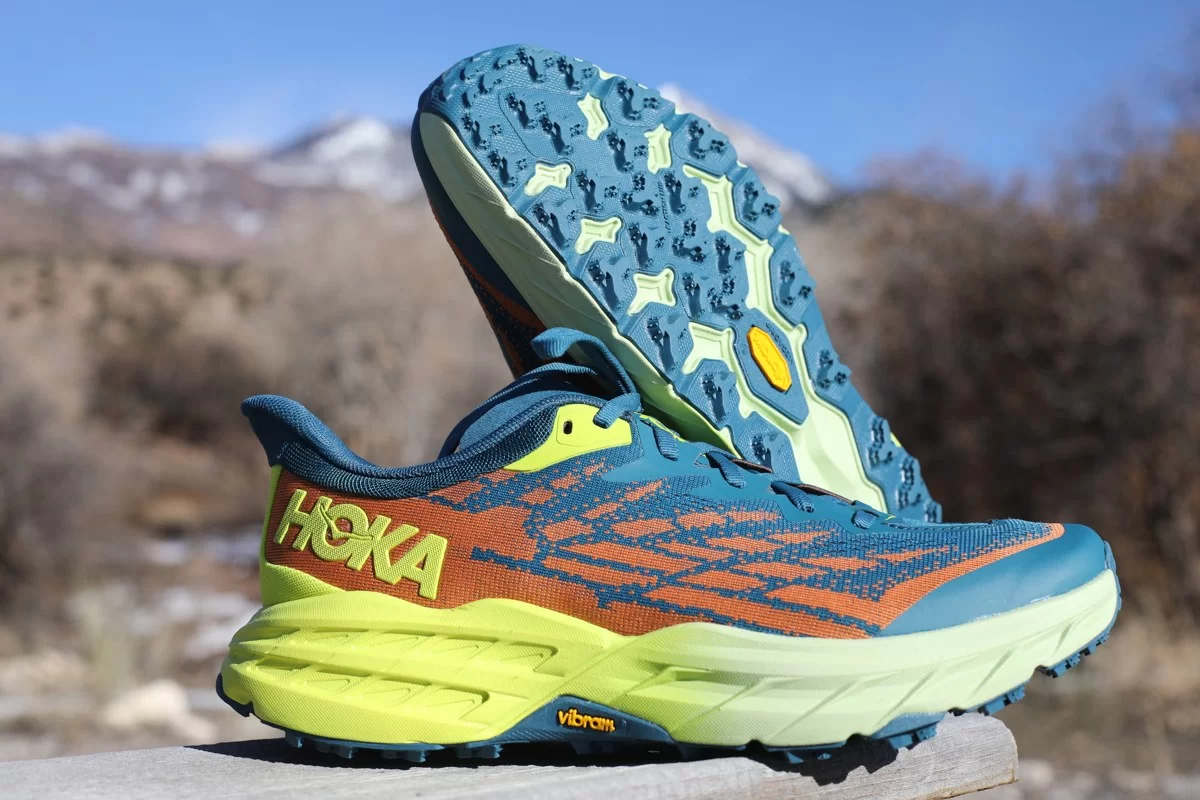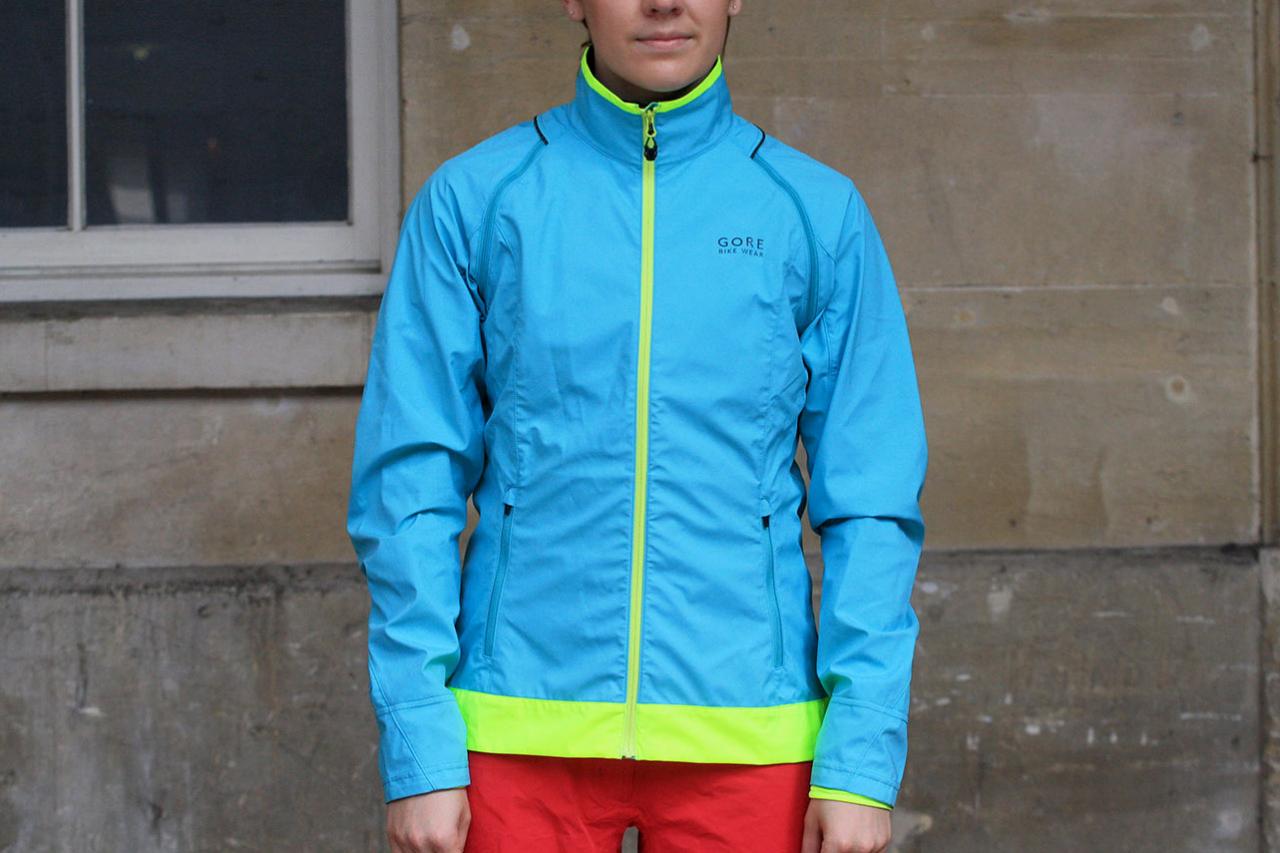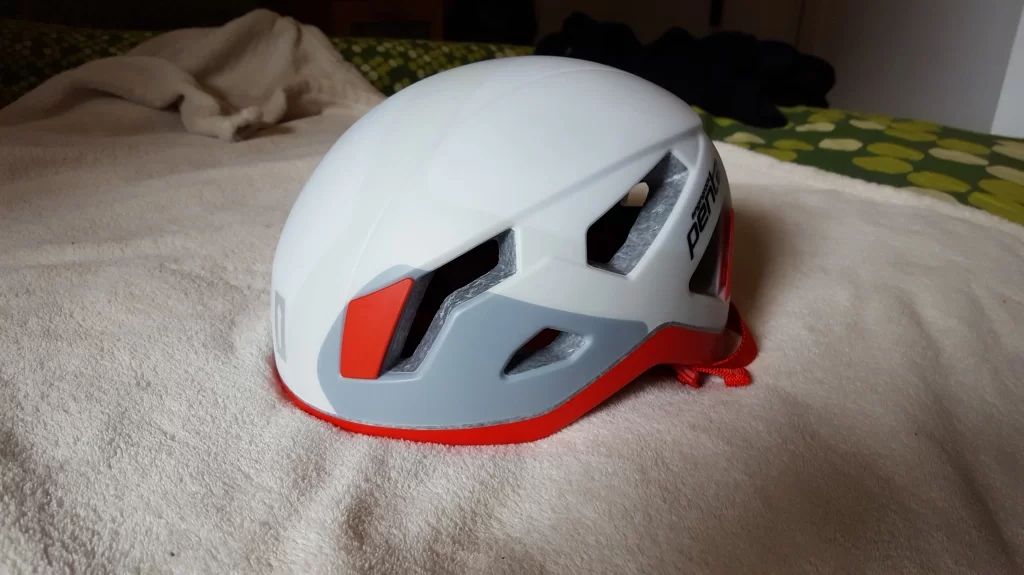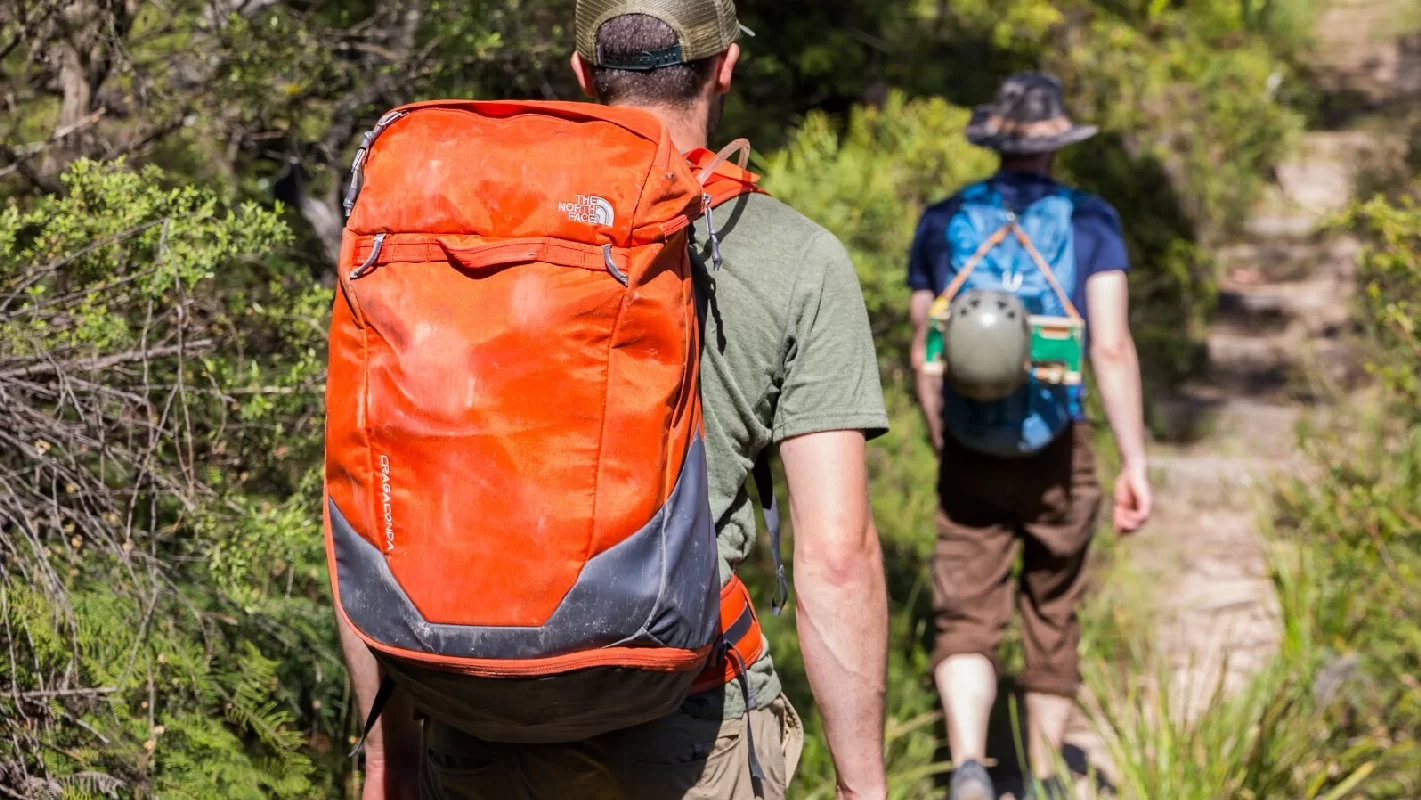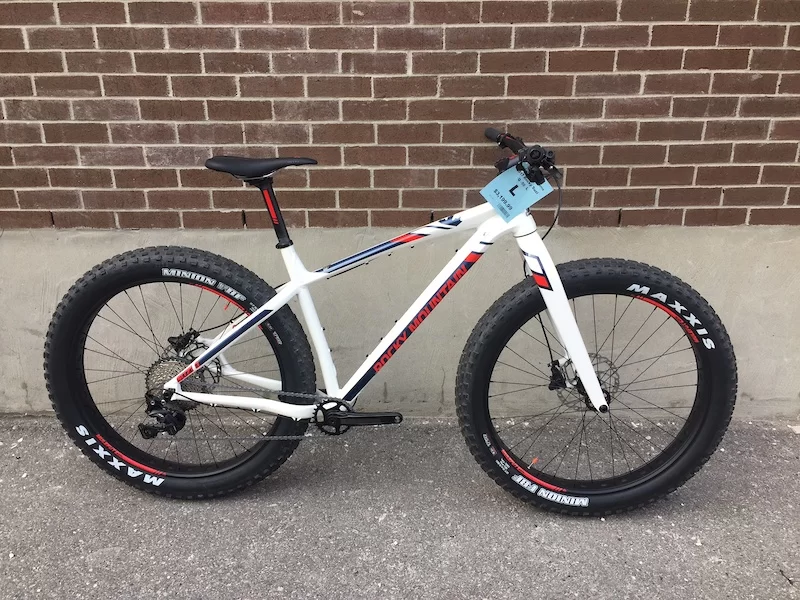The Brooks Cascadia is a mainstay of trail running, and fans of the past Cascadia models will find a lot to like here – comfortable uppers, a stable ride, and rugged durability. The Cascadia may be the most year-to-year reliable trail shoe on the market. No other model has been around as long or through as many iterations, and the new Brooks Cascadia 13 isn’t a break from established tradition. The Brooks Cascadia 13 is a well-balanced, all-around trail runner that’s comfortable, protective and durable. Compared to the previous Cascadia 12, the new edition gets some smart upgrades, but nothing that fundamentally changes the shoe. The midsole and outsole are completely unchanged, and the Brooks Cascadia 13 retains the proprietary BioMoGo foam, thin rock plate, full-coverage outsole with 3mm lugs, and firm foam inserts called Pivot Posts to act like guide rails and provide stability. The updates are focused on the Brooks Cascadia 13’s uppers. Primarily, some of the stitched-on overlays have been swapped for lighter-weight heat-bonded overlays, the tongue gets a lace garage, and the heel gets at velcro gaiter trap.
Year in and year out, the Cascadia is a rugged and reliable – albeit not terribly inspirational – choice for a wide range of runners. One of our wear-testers summarized the Brooks Cascadia 13 as, “a solid choice for a dependable and durable trail shoe.” Another called it “a high-quality, durable, protective workhorse of a trail running shoe, as well as a great hiking shoe.” Our wear-testers praised the Brooks Cascadia 13’s snug, secure uppers and protective midsole underfoot. “This is where the Cascadia really shines” and “bomproof” is how they described the shoe’s protection from trail elements. The Brooks Cascadia 13 is a solid choice for ultramarathons and other big days on the trail. According to one ultramarathoner on our wear-test crew, they “felt great from the moment you pulled them on to the final stretch of a long run.”
According to our wear-testers, the drawback of the Brooks Cascadia 13 is primarily its unresponsive, flat-feeling ride. Even in the Cushioned & Protective category, we’re looking for trail shoes that feel light, lively and nimble on the trail—The Brooks Cascadia 13 is not that shoe. Trail runners on our team used terms like “tanks”, “flat”, and “dead” to describe how the Brooks Cascadia 13 feels. Comfortable to wear and rugged, but flat, clunky and bottom-heavy to run in, was the conclusion of one of our wear-testers. Although the updates to the uppers for this version of the Cascadia are functional and shave a bit of weight (12oz for men’s size 9 in the Cascadia 12 versus 11.7oz for the same size in the Brooks Cascadia 13), there was an overall feeling on our wear-test team that Brooks’ flagship Cascadia feels more and more dated in a trail running market that’s increasingly innovative.
Comfort
The Brooks Cascadia 13 is nicely padded, especially around the heel collar, and virtually seamless inside thanks to a stretchy upper with no stitched-on overlays. “Zero break-in time required. Just put them on and head straight out the door,” observed one of the runners on our wear-test team. Another wear-tester reported absolutely no rubbing, blisters or hot-spots even after long runs and lots of miles. Brooks has really dialed in the comfort of the Cascadias with this edition. One area of potential improvement is the tongue, which is not as padded as the heel. The Cascadia 12 had a well-cushioned tongue, but this new version swaps the padding for an integrated lace garage at the top of the tongue (a spot to tuck the knotted laces so they don’t come untied on the trail). That’s a useful feature and our wear-testers appreciated having it, but also wanted a cushioned tongue to match the padded heel collar.
Speed
“I wouldn’t turn to these for speedy days,” was the conclusion of one wear-tester, and others generally agreed. The Brooks Cascadia 13 is substantially lighter than the Xodus ISO 3 (11.7 oz for the Brooks Cascadia 13 in men’s size 9 versus 12.9oz for the Xodus ISO 3 in the same size), but quite a bit heavier than other shoes in the test. For comparison, the Hoka Mafate EVO weighs 9.6oz for men’s size 9, and the Columbia-Montrail Caldorado III weighs 10.1oz for the same size. With the Brooks Cascadia 13’s weight in mind, one wear-tester observed that running fast in them didn’t feel effortless or easy, but “required a great deal of urging.” “Let’s face it: the Cascadia wasn’t built for speed. They’ve heavy and built for long, ultra distances,” in another wear-tester’s words. Similarly, one of the runners on our team concluded that, “for longer trail runs, the tradeoff in speed is well worth it, since these shoes are comfortable mile after mile after mile.”
Security of Fit
The Brooks Cascadia 13 offer a secure, supportive fit with a great locked-in feel. One wear-tester noted, “security is excellent, as the Brooks Cascadia 13 snugs up well and has good heel hold, is secure in the midfoot as well as the forefoot.” The stretchy mesh material in the upper has enough flexibility and give that the Brooks Cascadia 13 doesn’t feel constricting or cramped, and our wear-testers appreciated the generous width and height of the toe box. At the back end of the shoe, our wear-testers’ opinions were divided. One praised the heel cup as “locked-down” while another reported that the heel felt loose and she experienced some slippage. Runners with narrower heels will want to try these on first to make sure the rear fit works for them.
Agility
The Brooks Cascadia 13 is designed to be an all-around, varied-terrain trail shoe, and our wear-test team thought it mostly lived up to expectations. One reported that she was easily able to maneuver around and navigate a wide variety of trail obstacles. She said she had no trouble using them to play “a forest version of hopscotch” on slippery logs and rocks. The lugs are 3mm deep across the sole, with parallel rows of rhombus-shaped lugs through the middle of the outsole, and hexagons lining the outer edge of the mid- and forefoot. One wear-tester called out the lug placement and design as less than desirable, and suggested that Brooks make some revisions to the direction, placement, and spacing across the entire sole. Particularly, he felt the lugs under the midfoot strike area were too widely-spaced to provide the traction he was looking for.
Responsiveness
Even when the closest pavement is miles away, runners are still looking for a shoe that feels energetic, lively and responsive. Our wear-testers didn’t get that feeling out of the Brooks Cascadia 13. As one put it, “these feel flat and clunky.” Our runners were looking for some pop on the trail, and the Brooks Cascadia 13 fell short. Thinking about the trade-offs, one of our wear-testers reported that the midsole is protective, but the general stiffness and unresponsive foam “offer very little response at toe off.” Competitors like the Hoka Mafate EVO, Saucony Xodus ISO 3 and Salomon Sense Ride are experimenting with innovative midsole foam blends and materials, and the Brooks Cascadia 13’s BioMoGo EVA foam midsole feels dull and lifeless in comparison.
Protection
Our wear-test runners gave the Brooks Cascadia 13 its highest marks in this category. One of our team members concluded, “this is where the Cascadia really shines, as it has bombproof protection and feels nearly impenetrable on even the most harsh, rocky, technical terrain.” Another concluded, “these shoes protected my feet over wet logs and slick grassy patches, where other shoes left me feeling unconfident about staying upright.” The durable full-coverage outsole, embedded rockplate, integrated gaiter traps, and heat-bonded toe bumper make this a supremely protective model. Runners looking for even more protection can look for the upcoming waterproof version of the Brooks Cascadia 13.
The Verdict
It’s hard to go wrong with the Brooks Cascadia 13, the newest iteration of Brooks’ flagship trail running shoe. The 13th version of this popular trail shoe gets a tweaked and modernized upper, but keeps the midsole, outsole, overall fit and most details of the previous edition. However, the Brooks Cascadia 13 is relatively heavy, and our wear-test team found its ride and responsiveness to be average at best. In an era where trail runners expect even well-cushioned trail shoes to be light, lively and nimble, the Brooks Cascadia 13 is starting to feel dated.


